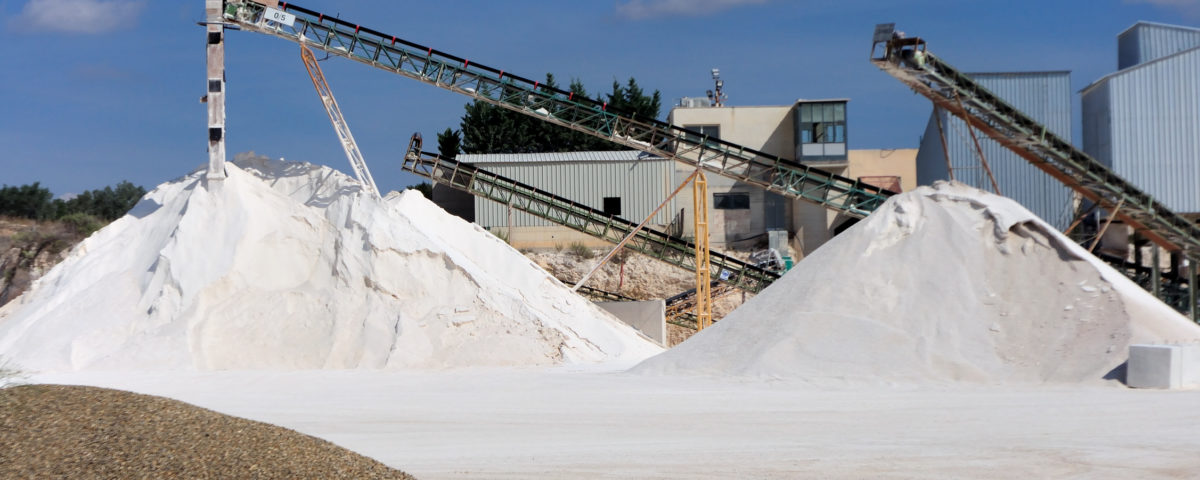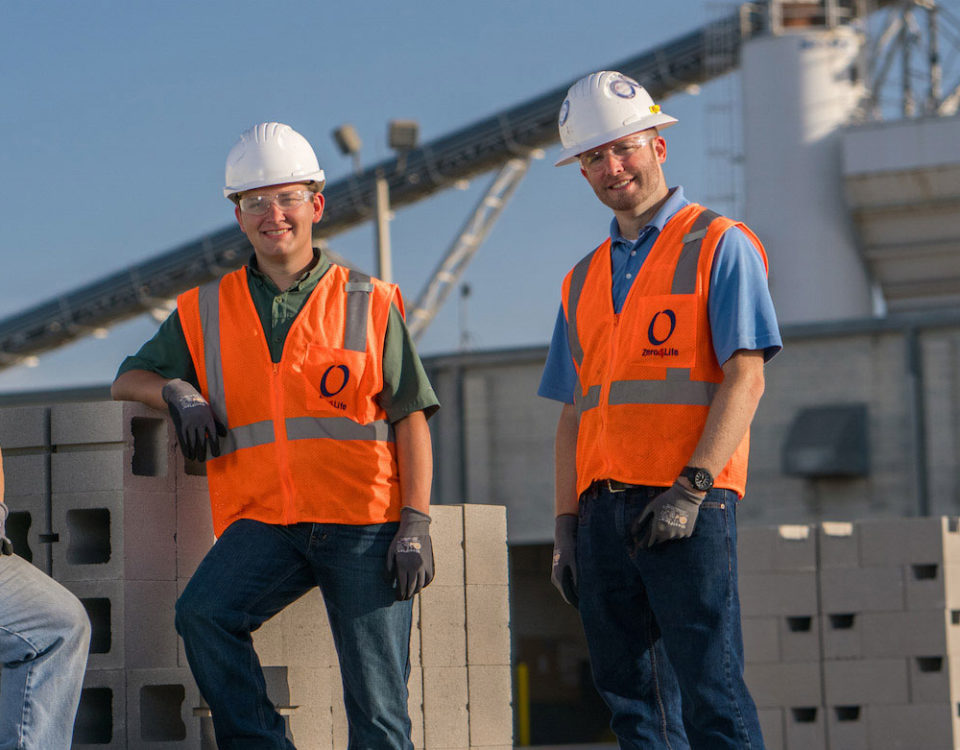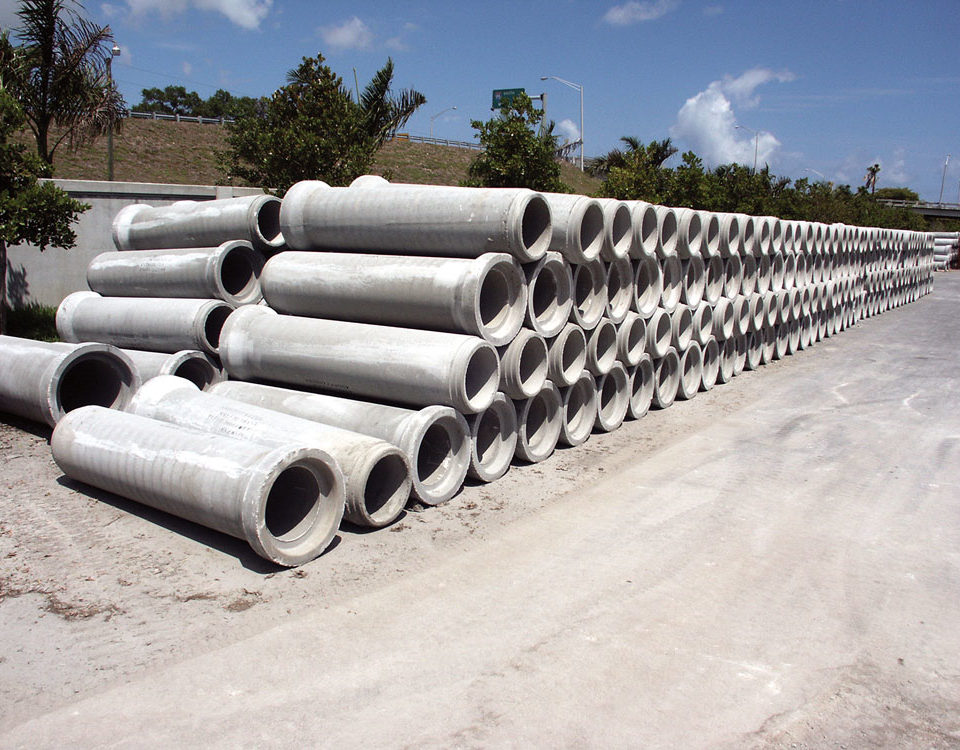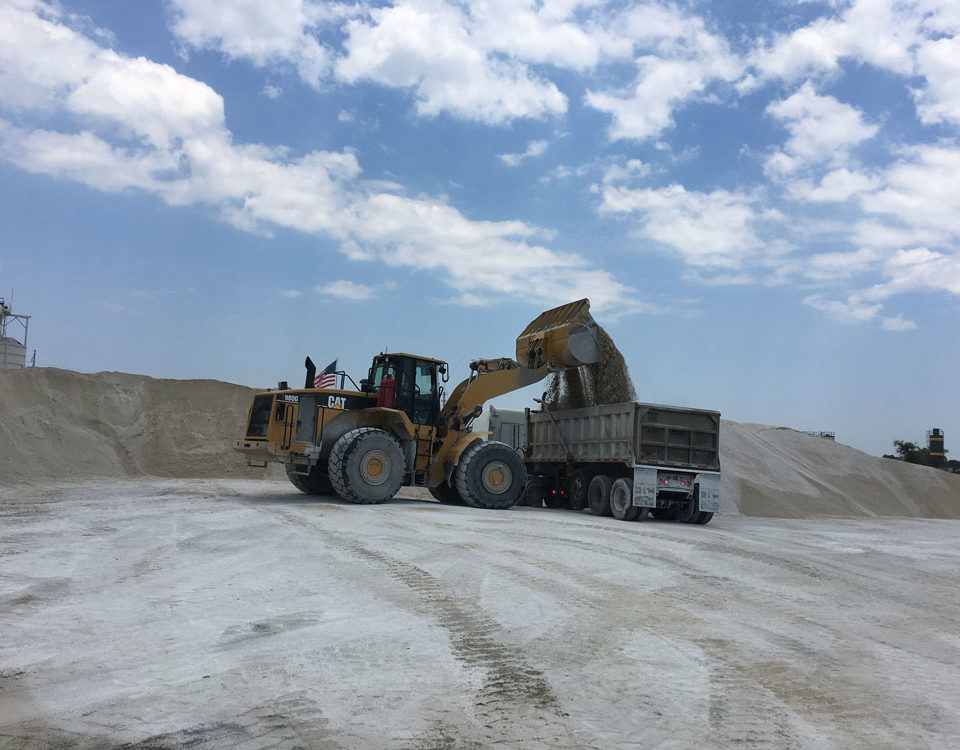
Limestone Quarries Life After Death
December 8, 2017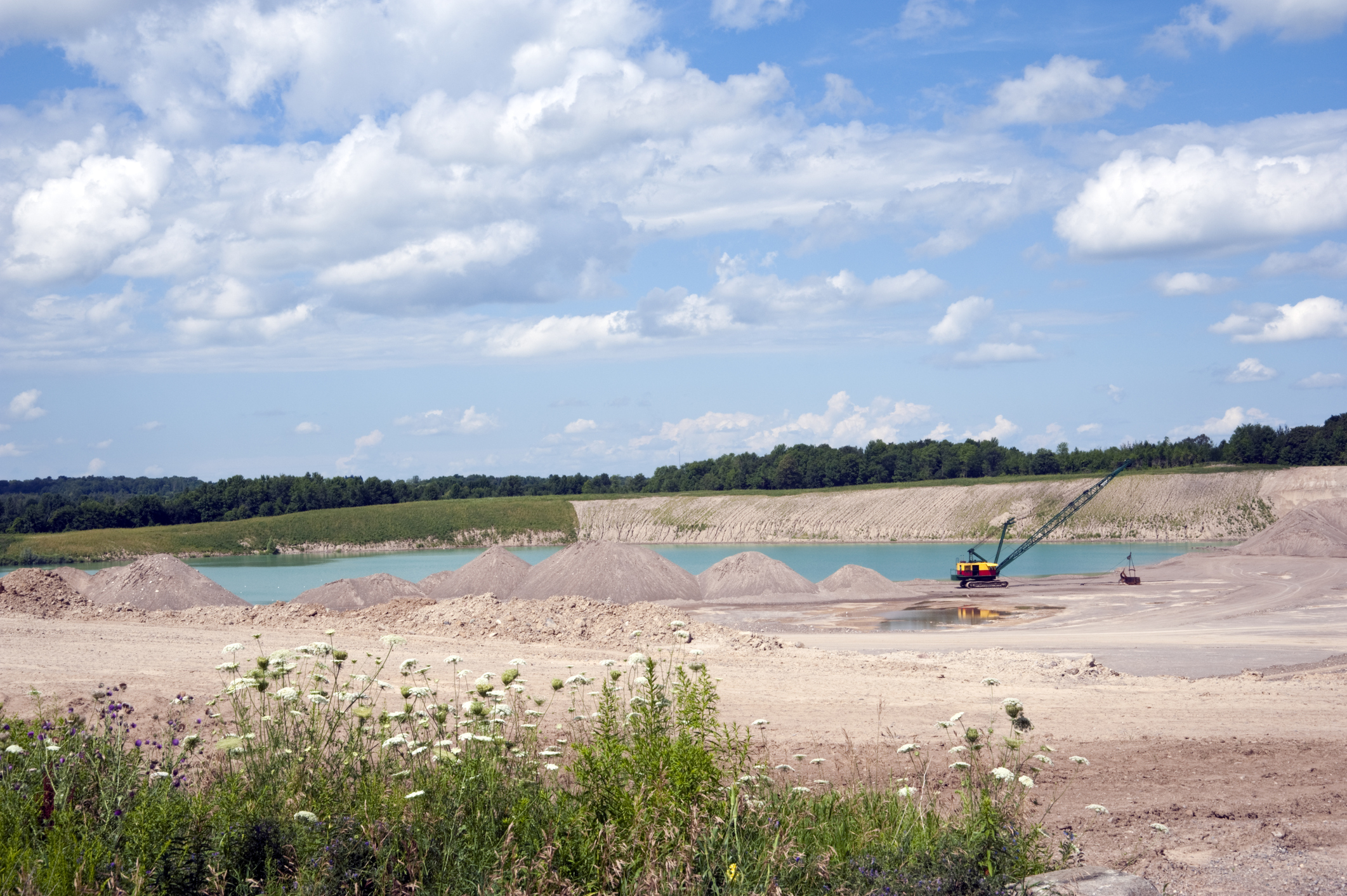
Quarrying for a Better Environment: Top Three Reasons Why Quarrying is Beneficial
January 6, 2018Limestone Aggregates and Products
Aggregates are made from high-quality natural limestone deposits like those present in the Lake Belt region in western Miami-Dade County. Aggregate materials are literally the foundation for our nation’s infrastructure.
Aggregates represent some of the most important rocks and minerals we utilize. They also might be the least glamorous or appealing to the eye. When thinking in terms of aggregates, this includes sand and gravel, in addition to crushed stone.
Concrete, steel, and wood represent essential building materials in our modern society. We employ these limestone products to construct homes, schools, hospitals, highways, roads, airports, shopping malls, and virtually any other infrastructure we use each day.
Infrastructure is vital to the growth of any populated area. However, a majority of the infrastructure already in place was built and developed during the 1950’s and 60’s, and like any physical structure, it deteriorates over time.
In many areas throughout the country, including South Florida, the infrastructure in place is becoming inadequate, and the need to build and improve roads, streets, sewage systems, etc. to meet these demands is increasing.
Limestone quarries nearby are a representation of an investment in the local economy and infrastructure. Over 90 percent of asphalt pavements, as well as 80 percent of concrete, are aggregates.
Aggregates additionally significantly contribute to our local economy, as well as the economic well-being of the United States.
Limestone Quarrying Accommodates Increased Demand
Production within the aggregate industry is closely linked to the construction and maintenance of residential, commercial, and government buildings in addition to transportation infrastructure that includes roadways, highways and expressway, bridges, and railroads.
Recently, the South Florida aggregate industry has experienced exponential growth in response to increased construction in residential housing due to growing population needs.
Additionally, the limestone industry supports needed improvements to our roads and highways that include roadway expansion and also the construction of new highways that can help alleviate some of South Florida’s adverse transit circumstances.
The need to expand spending to repair and improve our area’s infrastructure propagates an even higher demand for our aggregate industry’s output.
The benefit of the limestone aggregate industry in this situation is two-fold. South Florida experiences the benefits of both significant savings to subcontractors, developers, and end uses of limestone products, and additionally the economic advantage in the form of positive and tangible impacts on jobs and earnings in the local economy.
Limestone Aggregates – Vital to Our Local Economy
The limestone aggregate industry in the Lake Belt Region of western Miami-Dade County provides over 7,000 jobs and more than half a billion dollars in wages to South Florida workers. Many of these individuals live in our local communities that surround the quarries in our area.
With these people employed by the aggregate industry, living and working in our community, they are far more likely to return their earned wages into the local economy both as consumers and taxpayers.
This relationship supports area businesses and returns money into the municipality to be further used for improvements of roadways, healthcare, and school systems, as well as water treatment facilities, power grids, parks, and other public amenities.
Necessity in Close Proximity
To help manage overall costs and optimize these benefits, quarries and limestone mining facilities sometimes need to reside close to our homes and communities. In many cases, the quarries existed near residential areas long before they became populated.
Urban sprawl largely afflicts the South Florida area, and as residential development has continuously expanded westward in Miami-Dade County, this now places many homes in relatively close distance to the Lake Belt Region.
However, moving quarries even a few miles away from where they are needed would prove detrimental to all of the benefits that the aggregate industry provides; potentially increasing building costs by an estimated 800 million dollars in Miami-Dade County alone.
Without the quarrying industry, South Florida would not only find infrastructure improvements more expensive but more difficult as well. Quarrying affords our community safe and affordable homes, schools, hospitals, roadways, and the skyscrapers that compose our beautiful Miami skyline.
Limestone: The not-so-secret Ingredient to a Better Infrastructure
Limestone and aggregate materials are the foundation of our thriving South Florida community, both literally and figuratively. Without the quarrying industry, our economy is not as strong, and neither is our infrastructure.
Quarries are professionally operated operations that are an essential part of our lives. They provide direct and indirect employment opportunities to our area’s workers and contribute to the economy as well as tax revenue generation. This lessens the burden on local economies and helps to lower unemployment rates.
When considering all that quarrying provides to our community, it is easy to see how important they are to improving and maintaining an optimal infrastructure to our area; as well as limestone’s essential existence as a part of South Florida’s future.

